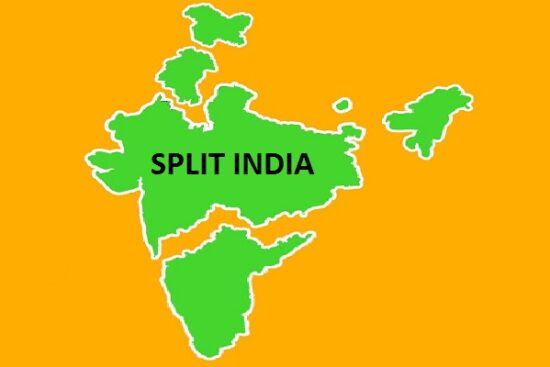
As Pakistan navigates the fiscal year 2023, the nation finds itself at the confluence of economic highs and challenges. Positive indicators, such as surging foreign exchange reserves, notable foreign investments, and a burgeoning stock market, paint a picture of progress. However, beneath the surface, the narrative tells a tale of economic complexity, where prosperity is not trickling down to the masses. The collective impact of domestic and international economic crises, coupled with persistently high inflation, has cast a shadow over the nation’s economic landscape, particularly affecting start-ups and businesses.
Amid these challenges, a critical question arises: Why isn’t Pakistan fully tapping into the potential of its agricultural sector to address the broader economic woes?
Despite the stock exchange celebrating remarkable milestones and the IT sector experiencing a notable increase in exports, Pakistan’s agricultural sector, a vital linchpin contributing about 23% to the GDP and employing 37.4% of the national labor force, has encountered a slowdown. The growth rate during 2022-23 stands at 1.55%, a significant decline from the 4.27% recorded in the same period last year. While there is optimism stemming from the recent surge in agricultural production, including a remarkable 73% overall increase and an extraordinary 126.6% surge in cotton production, it underscores the untapped potential within the sector. Notably, former State Bank Governor Salim Raza’s wisdom, echoed at the Agri-Connections Conference, resonates – for Pakistan to achieve a desired GDP growth of seven to eight percent, the agriculture sector must grow at more than four percent.
The recently published “The State of Pakistan’s Agriculture 2023” report by the Pakistan Business Council (PBC) sheds light on the hurdles faced by the agricultural sector. Issues such as low crop yields, a fragmented supply chain, slow adoption of technology, limited access to capital, and challenges related to irrigation, water scarcity, and climate change are substantial barriers to realizing the sector’s full potential.
Drawing inspiration from the experiences of countries like Brazil and China, Pakistan has an opportunity to chart a strategic course for its agricultural sector.
In the 1970s, Brazil opened up the Cerrado to agriculture, fostering diversification through institutions like the Brazilian Corporation for Public Research (Embrapa). Similarly, China’s focused approach led to impressive annual growth in agricultural production during the 1980s and 1990s.
For Pakistan, investing in research and development, identifying crops resilient to diverse agro-climatic zones, and promoting diversity beyond traditional crops could be transformative. The country’s principal resources—water and arable land—provide a solid foundation for agricultural expansion.
However, the challenges extend beyond agriculture. The Lahore Chamber of Commerce and Industry’s (LCCI) report on food smuggling, causing an annual loss of $2.63 billion, and structural issues like a broken supply chain, slow technology adoption, and limited access to capital, underscore the need for comprehensive reforms across the economic spectrum.
The impact of economic crises, especially high inflation, has disproportionately affected the start-up ecosystem and businesses. These entities, crucial for job creation and economic vibrancy, face hurdles in an environment where the trickle-down effect of economic upswing remains elusive.
In addressing these challenges, there is a need for deep-rooted economic reforms. The structural problems, including a disproportionately high government involvement, a large informal economy, and biased policies, require a pragmatic approach. Brazil and China’s success stories underscore the importance of sustained efforts in diversification, efficiency, competitiveness, and technological progress.
While Pakistan’s economy grapples with low growth, high inflation, and unemployment, leveraging the agricultural sector could be a cornerstone for inclusive growth.
Government initiatives, such as providing incentives and support to farmers, demonstrate recognition of agriculture’s pivotal role.
In conclusion, Pakistan stands at a crucial juncture. Leveraging the full potential of the agricultural sector, coupled with comprehensive economic reforms, could be the catalyst for a more inclusive and sustainable economic resurgence. The question remains: Will Pakistan seize this opportunity to transform its economic landscape, ensuring that the benefits of prosperity reach every stratum of society? The answer will shape the nation’s economic trajectory in the years to come.


















Leave a Reply